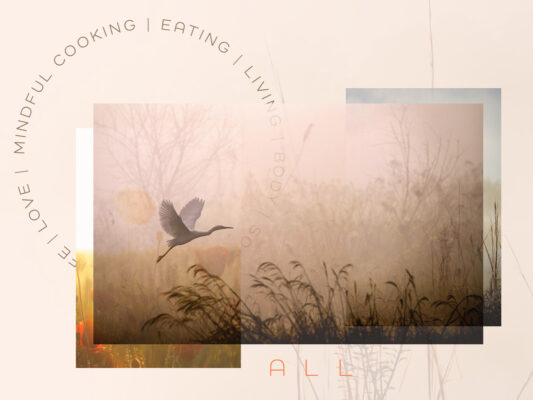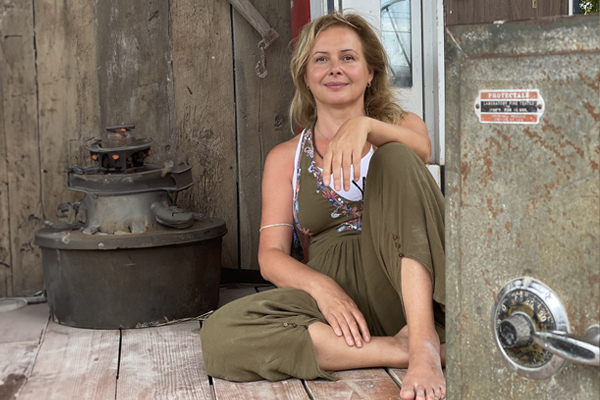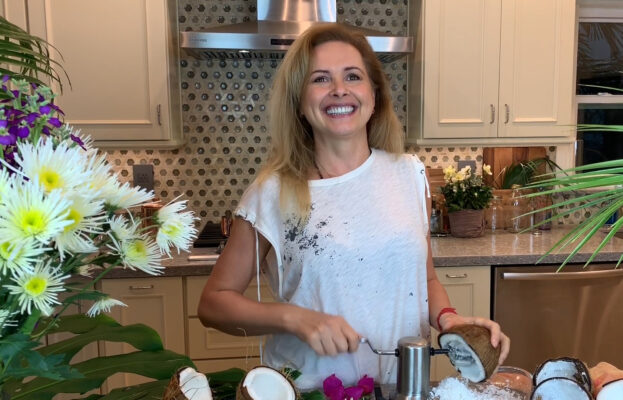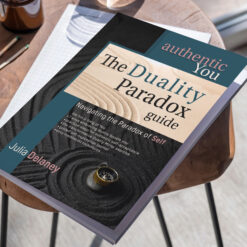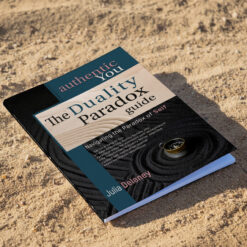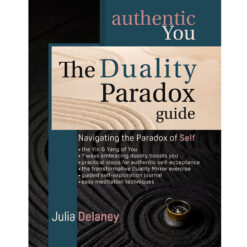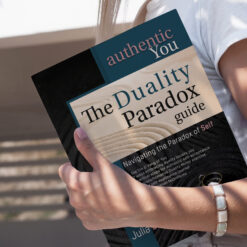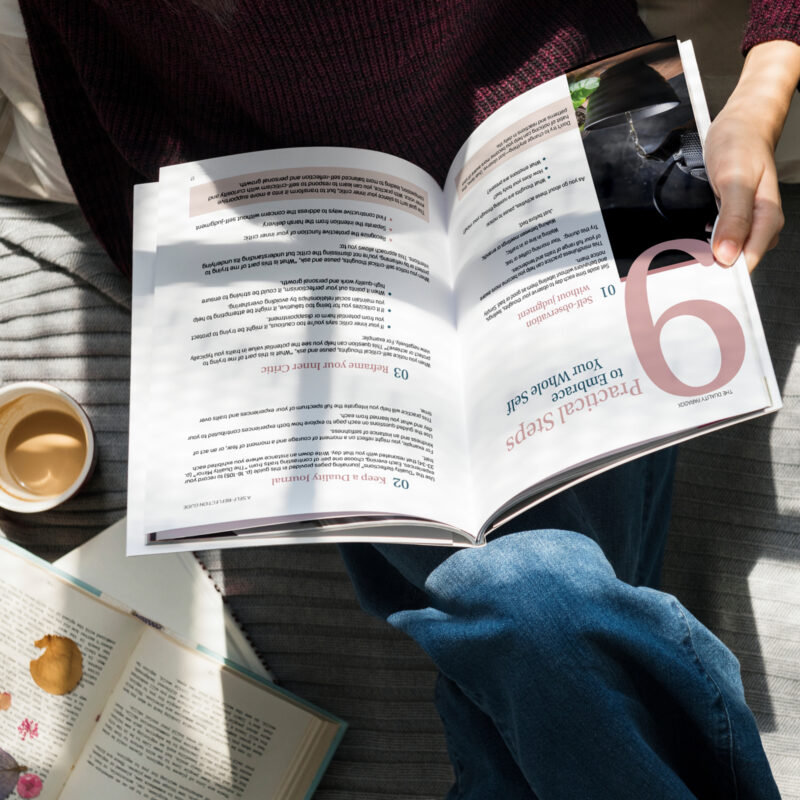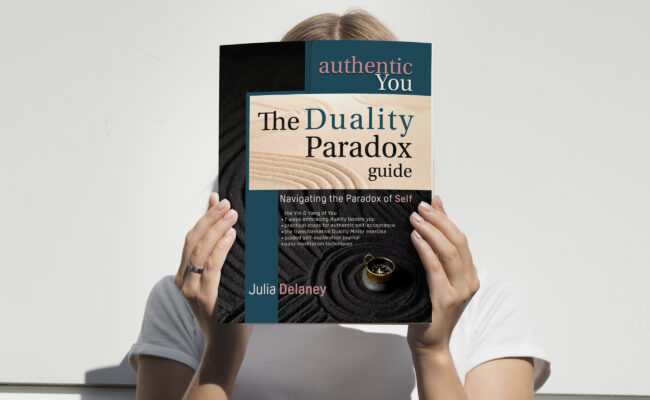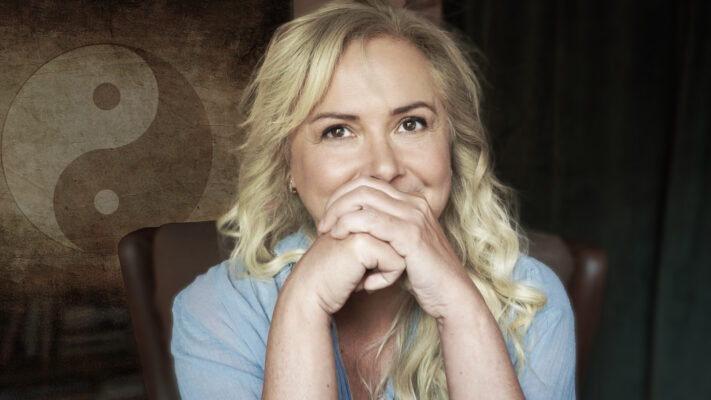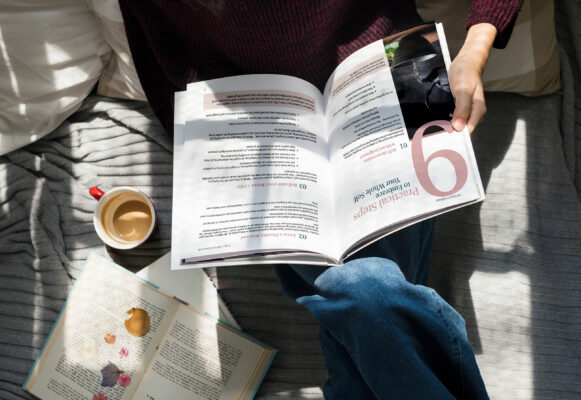There was a time when I thought inner peace was only for people who had their lives perfectly together. You know the type – those who seem to float through life with a perpetual smile, their hair always in place, their challenges neatly solved before lunch.
Meanwhile, I was struggling. My life felt like a tangled ball of yarn – the more I tried to straighten it out, the tighter the knots became. And inner peace? That seemed as far away as the stars.
Now, there are countless ways and teachings out there on how to achieve inner peace. Different paths work for different people, and I’m not here to tell you there’s only one way. What I’m sharing with you today is just one of the ways that helped me—and maybe it’ll resonate with you, too.
You see, about a decade ago, in my mid-40s, I was going through one of the hardest stretches of my life—depression, cancer surgeries, chemo… Talk about messy moments. And it was during that time, right in the middle of my inner turmoil, that I found it. Not the perfect, calm state of mind I’d imagined, but something real, something profound. It just hit me, you know, almost like being struck by clarity. Suddenly, I could feel both the pain and the strength inside me, all at once.
And in that moment, something shifted. I realized that what I was experiencing was… A peace that didn’t reject my struggles, but embraced them. It turns out, inner peace wasn’t waiting for me somewhere at the end of the road. It was right here, in the beautiful chaos of me, of me just being, being human.
You want to know the real secret to inner peace? By now, you probably realize it’s not about getting life in perfect order, being flawless, or never making mistakes. Not even close. In fact, the most peaceful people I’ve encountered—those with real wisdom—don’t have everything perfectly together either. They’ve just figured out how to make space inside themselves for all of it, all the messy, contradictory parts that make us human.
You see, they don’t push away the fear, the shame, the jealousy, the pettiness. They don’t pretend those parts don’t exist within. Instead, they create a place for them to coexist right alongside their creativity, their dignity, their joy. They’ve accepted themselves, embracing their full humanity.
And yes, this acceptance isn’t always easy. It often comes through challenging experiences—the kind that shake us to our core. But here’s the thing: the experiences that crack us open, the ones that break us down, they’re usually the most devastating and the most enlightening all at once. It’s in those moments that we often discover strength and depths we never knew we had.
Yet, even with this understanding, it’s easy to fall into the trap of self-rejection. Sure, you can waste your energy picking yourself apart, trying to kick out the parts you don’t like, shoving away the bits you’re not proud of. But guess what? You can’t. You just can’t kick those parts out because, like it or not, they’re woven into who you are. They’re a part of you.
And, please, hear me out here. I’m not saying give up on growth—not at all, far from it. It’s about understanding that all these emotions and traits, even the tough ones, are part of being human. And there’s a big difference between trying to improve and fighting with yourself. Do you see? It’s the difference between self-improvement and self-rejection.
It’s like wanting to be healthier but constantly shaming yourself for not being fit enough. Or trying to be more patient while beating yourself up every time you get frustrated. D’you see what I’m saying?
Take procrastination, for example. Self-rejection looks like beating yourself up, calling yourself lazy, or trying to force yourself to work nonstop. Or worse, you might slip into denial, pretending procrastination isn’t an issue and blaming missed deadlines on anything but yourself. Self-improvement, though, is recognizing that procrastination can come from different places—whether it’s overwhelm, fear of failure, or even lack of motivation. It’s about accepting that struggle, understanding where it’s coming from, and then setting up small, achievable goals to help you move forward.
Or let’s say you’re quick to anger. Self-rejection looks like hating that part of yourself, trying to suppress every negative feeling, and saying, ‘I’m not angry!’ even as your blood boils. But self-improvement means recognizing your anger, accepting it exists within you, so you can understand its triggers and find healthier ways to express and channel it.
Then there’s body image. Self-rejection is crash dieting or avoiding mirrors because you can’t stand what you see. It might show up as comparing yourself to others or constantly feeling less-than. Self-improvement, on the other hand, is treating your body with respect—nourishing it, finding movement that feels joyful, and letting go of that comparison trap.
And this is where it all comes together. You see, when we fight against parts of ourselves, we’re fighting a losing battle. How can you find inner peace if you’re constantly at war with yourself?
And when our defenses kick in, we exhaust ourselves trying to maintain this illusion of perfection—pretending those parts of us don’t exist. How can you find peace when you’re in perpetual denial? It’s like trying to sail a boat while drilling holes in it and insisting it’s unsinkable. You’re working against yourself, and that’s a recipe for exhaustion, burnout, not peace.
Inner peace and growth start with accepting who you are and where you are right now. From there, you can move forward—move forward with compassion and self-awareness.
The real work is learning to respect and accept all of it, to let it all belong. That’s how you find inner peace—not by being perfect, but by being whole.
It’s a messy but beautiful process, and it’s worth every step. When you can look at yourself with compassion and fierce acceptance, you’ll find a freedom that nothing else can touch.
And I know, I know—it’s easier said than done, right? That’s why I want to leave you with something practical, something you can actually use. This process of self-acceptance, of letting all the messy parts of ourselves belong, isn’t a one-time thing. It’s ongoing, requiring patience and a deeper understanding of the dualities within us—like the tension between growth and self-acceptance, or between our struggles and our strengths.
That’s exactly why I created The Duality Paradox Guide. It’s a resource designed to help you navigate these contradictions within yourself and find balance—embracing who you are while still moving forward. It’s not about choosing between peace and progress, but learning how they can coexist. If you’ve ever felt pulled in different directions—wanting to improve but also craving self-acceptance—this guide is for you.
This guide is just a tool—you’re the one who has the power to make the real difference in your life
‘The Duality Paradox Guide’ isn’t promising overnight transformation or a life free from contradictions. What it offers is a new way of relating to yourself – one that embraces complexity, fosters self-compassion, and leads to a more authentic way of being.
Be Alive 🌱
Love ❤️, Julia
Discovering Your Authentic Self
The Duality Paradox Guide 📘 Embracing Your Whole Self
You know those moments when you feel like you’re two different people at once? Maybe [...]
Resolving Inner Conflict 🌓 Embracing Contradictions & Exploring Duality
I felt like a mess today.You know how it is? One minute you’re on top [...]
Discovering Your Authentic Self: A Path to Self-Acceptance
You know those moments when you felt utterly lost, unsure of who you were or [...]
Beyond Perfect: The Power of Self-Acceptance
Look, we’ve all got stuff going on inside us that doesn’t quite make sense. One [...]
DISCLAIMER: The materials and the information contained on the Positive Pranic website are provided for general and educational purposes only and do not constitute any legal, medical, or other professional advice on any subject matter. None of the information on our videos is a substitute for a diagnosis and treatment by your health professional. Always seek the advice of your physician or other qualified health providers prior to starting any new diet or treatment and with any questions you may have regarding a medical condition. If you have or suspect that you have a medical problem, promptly contact your health care provider.






